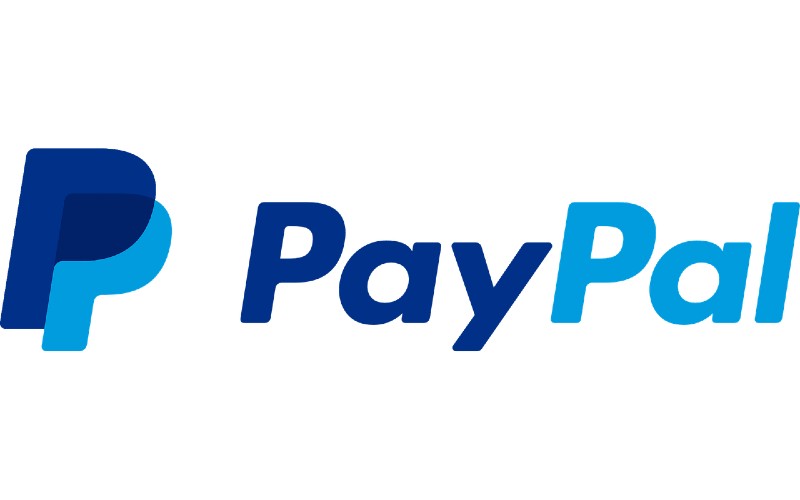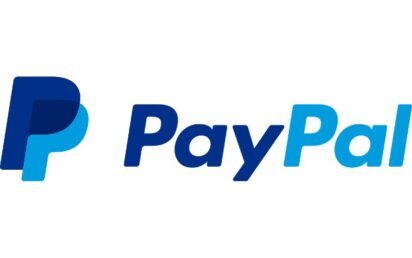PayPal is now undoubtedly the most accepted e-wallet merchant on the planet. Many of the biggest retailers now accept PayPal for e-commerce transactions.
In addition, the leading iGaming brands now deem PayPal deposits to be eligible for the latest welcome promotions. Even the restaurant and takeaway sector has warmly embraced PayPal transactions as a convenient way to pay for meals and takeaway deliveries.
In recent times, PayPal has also allowed account holders to spread the cost of e-commerce payments via a ‘Pay Later’ service. It has recently enhanced these options with a more flexible ‘Pay Monthly’ service.
The lowdown on PayPal’s Pay Monthly option
PayPal’s new ‘Pay Monthly’ product follows on two years after the launch of its ‘Pay in 3’ service that enables accountholders to spread the cost of e-commerce transactions over four instalments. The ‘PayPal Pay Monthly’ product will enable accountholders to break down the cost of instalments over 6-to-24-month periods as consumers see fit.

Credit: Markus Spiske, Unsplash
The current ‘Pay in 3’ product allows accountholders to purchase at millions of stores online with a trio of interest-free monthly payments. In the US, the new Pay Monthly program will enable consumers to make purchases totalling up to $10,000, with the first monthly repayment made one month after the transaction.
Unsurprisingly, the Pay Monthly product will not be exclusively provided interest-free. PayPal accountholders will be given the option to use ‘Pay Monthly’ at the checkout of online sites. If they are approved, consumers will receive three monthly repayment plans at varying lengths and rates of interest. Interest rates start from 0% through to 29.99% for the longest repayment terms. The lender for its new Pay Monthly service is WebBank, with all offered APR rates based on an individual’s credit eligibility.
Once consumers select a repayment plan that suits their budget, they then have the flexibility to choose whether to have their monthly repayments taken via debit card or directly from their bank account. All Pay Monthly repayments can be tracked in the same way as the Pay in 3 repayments via the PayPal app and desktop website.
Why has PayPal chosen now to broaden its Buy Now, Pay Later line-up?
The US payment giant confirmed its move to expand its BNPL services was driven by recent external market research. This study revealed that most American consumers are seeking flexible repayment plans when making large-scale transactions online. The survey, conducted by Morning Consult, showed that almost two-thirds (65%) of Americans were saving up to make larger purchases, while almost four-fifths (79%) were looking to hone their budget.
PayPal said that the latter statistic proved particularly definitive in their decision to develop additional products to break down large-scale items into affordable, monthly repayments. Greg Lisiewski, vice president of PayPal’s Global Pay Later Products division, revealed that “22 million PayPal customers” have used their “pay later offering” in the last 12 months. Lisiewski says the new Pay Monthly option “builds on [PayPal’s] commitment” to bringing “leading payment solutions” aligned with consumers’ “needs and budgeting preferences”.
It appears that PayPal is certainly faring well in the BNPL sphere. Although competitor brands like Klarna, Afterpay, Zip and Sezzle are hot on their heels, PayPal seems to be cementing its market share. Since Q1 2020 PayPal has overseen $15bn in BNPL Total Payment Volume (TPV) worldwide, equating to more than 105 million BNPL transactions.
Since Q4 2020, the firm has dished out more than 50 million BNPL loans worth $6.5bn in TPV. The battle is not over for BNPL supremacy yet, however. PayPal’s long-time rival, Apple Pay, is launching its own “Pay Later” function integrated within its existing mobile wallet technology that’s also utilised by millions. PayPal’s Pay Monthly function will be easily embedded into the payment cycle of online merchants, giving brands the opportunity to present and market Pay Monthly as a credible option to their customers.


